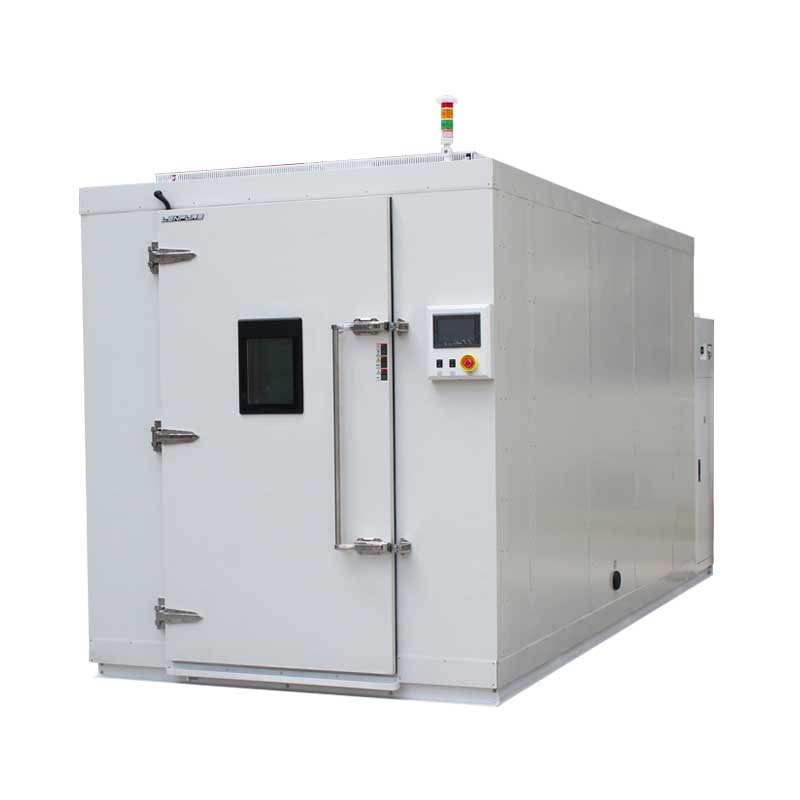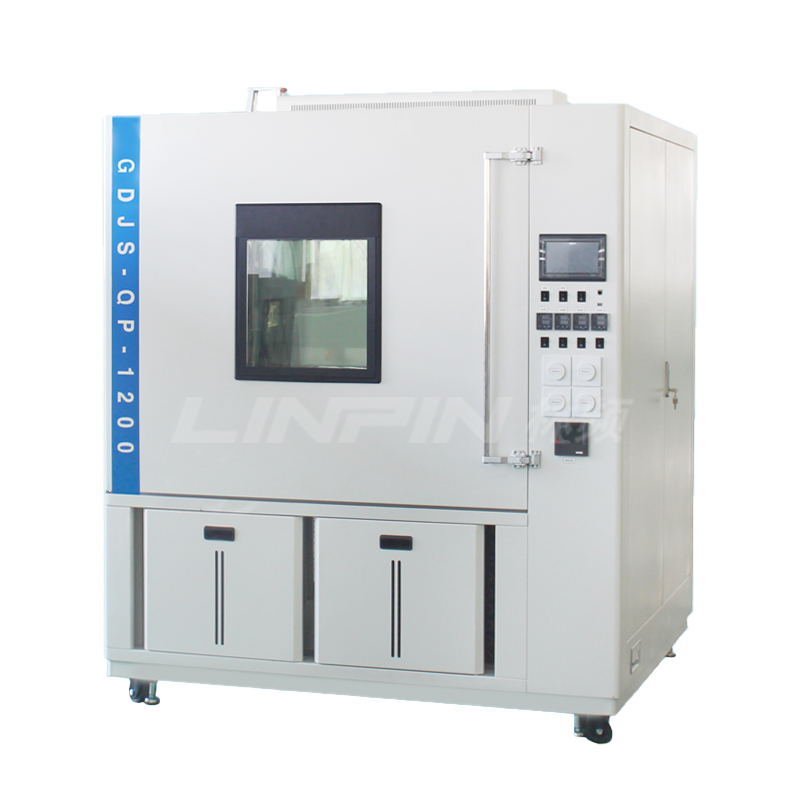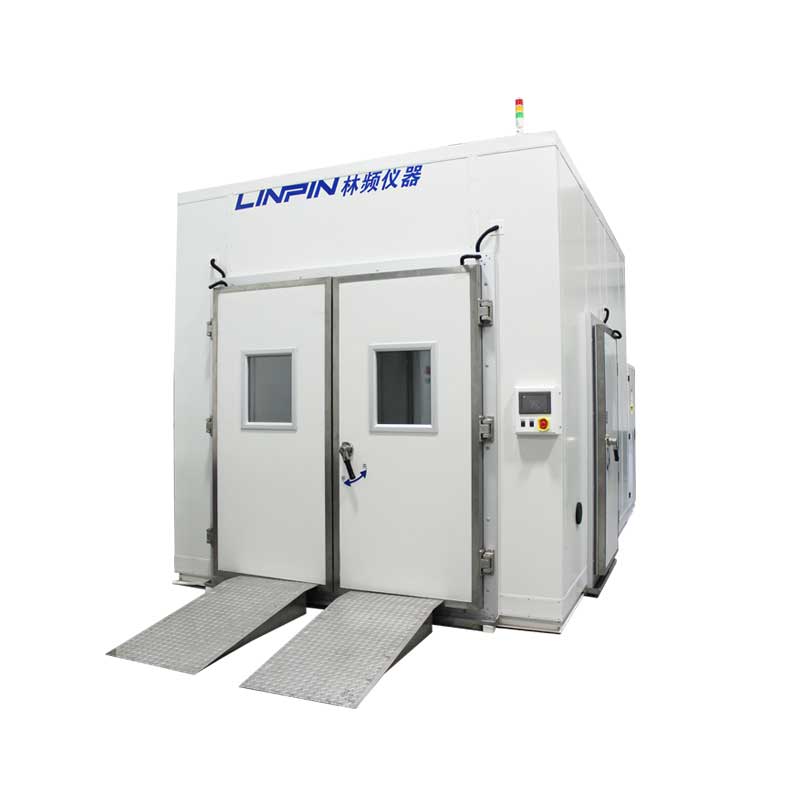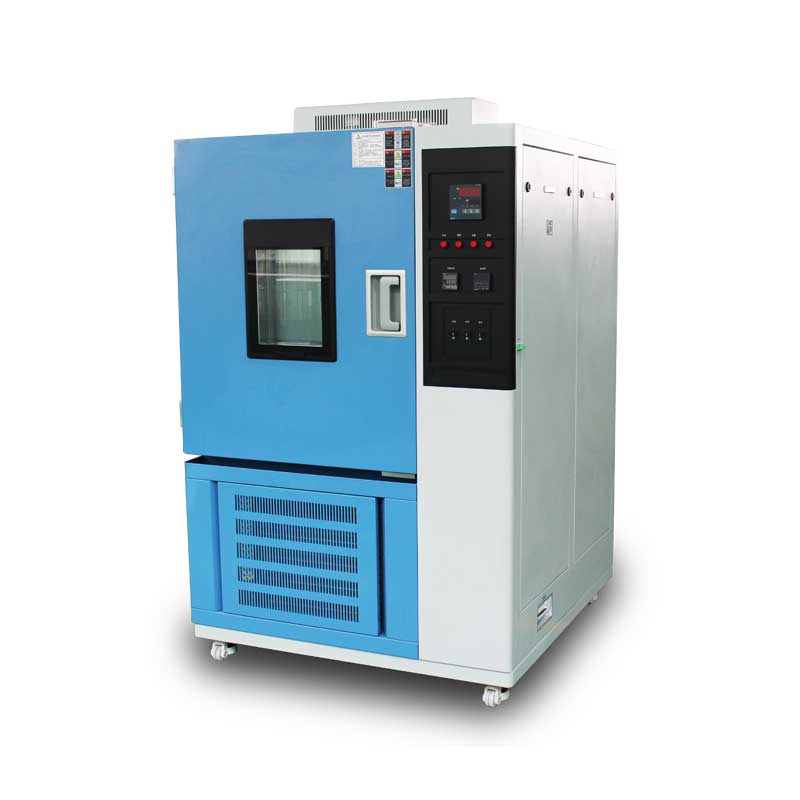One-Stop Guide: Salt Spray Test Methods (NSS, AASS, CASS) – Everything You Need to Know
Author:LINPIN Update Time:2025-08-23 Source:LINPINIn today’s hyper-competitive market, corrosion-related product failures can silently sabotage brand reputation, shorten equipment lifespan, and drain after-sales profits. To ensure customer confidence and product reliability, businesses must treat salt spray resistance as a non-negotiable passport to market entry. This guide breaks down the three core salt spray test methods—NSS (Neutral Salt Spray), AASS (Acetic Acid Salt Spray), and CASS (Copper-Accelerated Acetic Acid Salt Spray)—covering principles, procedures, evaluation criteria, and selection strategies to eliminate corrosion risks before they escalate.
Part 1: Why Salt Spray Testing Matters
Salt spray testing simulates corrosive attacks from marine or industrial environments (dominated by NaCl and acidic contaminants) on materials and coatings. It serves as a standardized, accelerated benchmark to:
- Identify design flaws, material weaknesses, or process gaps before mass production.
- Optimize coatings, plating, and material formulations to reduce recalls and warranty costs.
- Meet industry-specific requirements (e.g., automotive, electronics, marine hardware, coatings, and electroplated parts).

Part 2: The Big Three Salt Spray Test Methods
1. NSS (Neutral Salt Spray)
- Principle: Sprays a 5% NaCl solution (pH 6.5–7.2) at 35°C to mimic general salt-laden environments.
- Best for: Evaluating bare metals, coatings, or platings in neutral conditions; widely used for material screening and process control.
- Pros: Mild conditions, excellent reproducibility, and broad applicability (e.g., ISO 9227, ASTM B117).
- Limitations: Less aggressive; may not reflect acidic/industrial corrosion scenarios.
2. AASS (Acetic Acid Salt Spray)
- Principle: Adds acetic acid to 5% NaCl, lowering pH to 3.1–3.3 for harsher acidic corrosion.
- Best for: Testing painted surfaces, thin platings, or materials vulnerable to acidic degradation (e.g., ASTM G85 Annex A).
- Pros: Faster defect detection (e.g., coating delamination, porosity).
- Limitations: Overly aggressive for some applications; not universally representative.
3. CASS (Copper-Accelerated Acetic Acid Salt Spray)
- Principle: Enhances AASS by adding 50 ppm copper ions (from CuCl₂) to accelerate corrosion, especially for copper-containing materials.
- Best for: Nickel/chromium plating, brass components, or parts exposed to copper contamination (common in electronics/automotive).
- Pros: Rapidly exposes failures like pitting, discoloration, or coating breaches.
- Limitations: Extremely aggressive; best suited for failure analysis or QC screening, not standalone certification.

Part 3: Key Standards & Parameters
- Standards:
- NSS: ISO 9227, ASTM B117
- AASS: ISO 9227 (modified), ASTM G85 Annex A
- CASS: ISO 9227 variants, ASTM G85 Annex A/B
- Critical Conditions:
- Solution: 5% NaCl (±0.1%)
- pH: NSS (6.5–7.2), AASS/CASS (3.1–3.3)
- Temperature: Typically 35°C (varies by standard)
- Spray cycles: Continuous or intermittent (per protocol)
- Sample placement: Angle, spacing, and duration must follow specifications.
Part 4: How to Choose the Right Test
- By Industry:
- General metals/coatings: Start with NSS.
- Acid-sensitive coatings/paints: Opt for AASS.
- Electroplated/copper-alloy parts: Use CASS.
- By Objective:
- R&D validation: Combine multiple tests for robustness.
- Quality control: Align with client/industry standards (e.g., automotive OEMs often mandate CASS).
- Failure analysis: Prioritize CASS/AASS for accelerated defect revelation.
- Cost & Time:
- NSS is the most cost-effective with moderate duration.
- AASS/CASS require stricter post-test handling and maintenance.
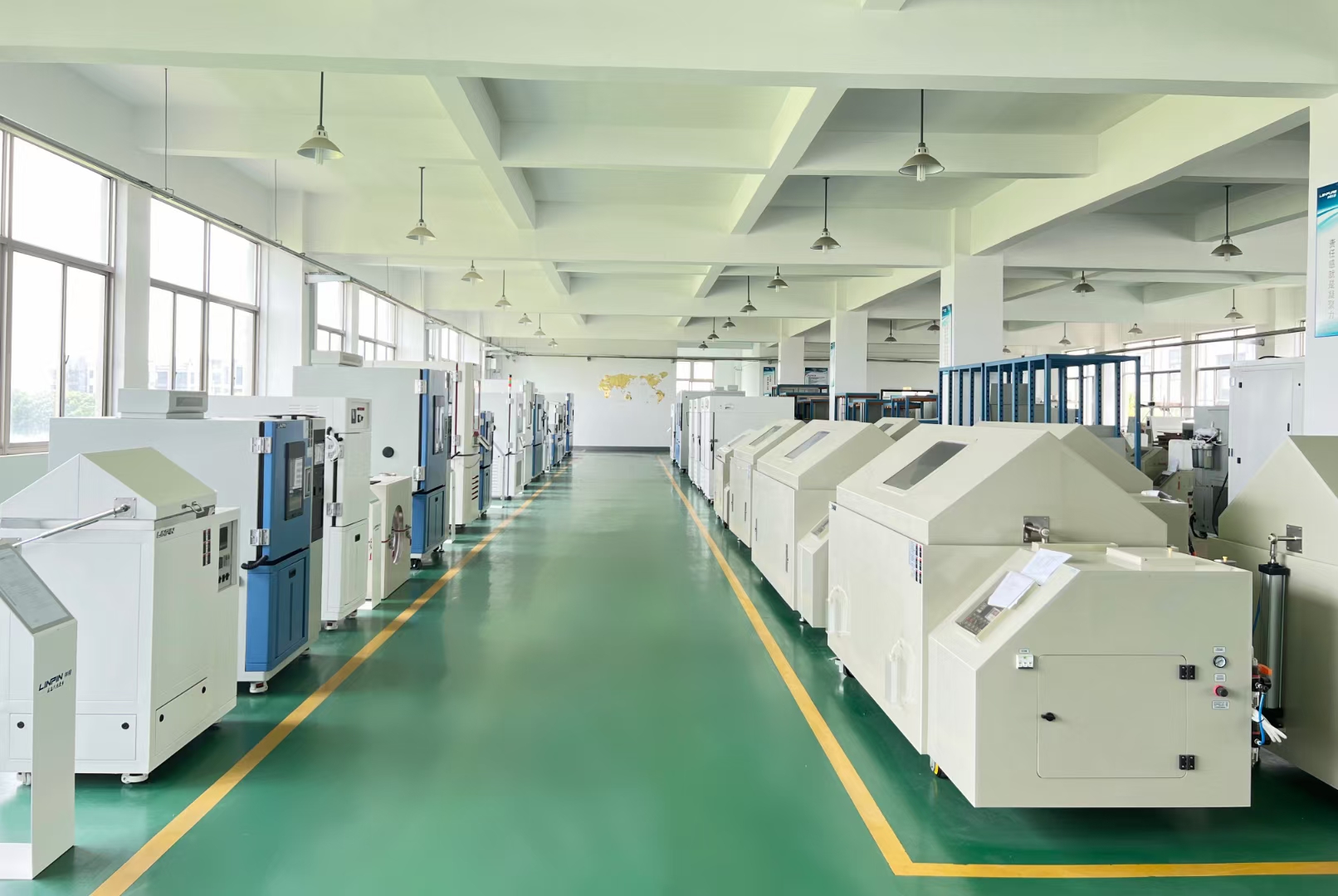
Final Takeaway
Salt spray testing isn’t just about "dunking samples in salty water"—it’s a strategic tool to preempt corrosion risks, refine designs, and secure certifications. Understanding NSS, AASS, and CASS empowers you to:
✔ Prevent costly field failures by catching weaknesses early.
✔ Streamline compliance with industry-specific requirements.
✔ Gain a competitive edge in tenders and audits.
Invest in the right test, and corrosion won’t stand a chance.

